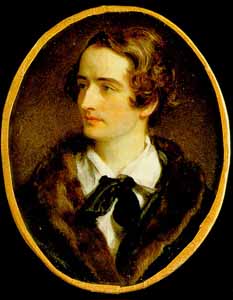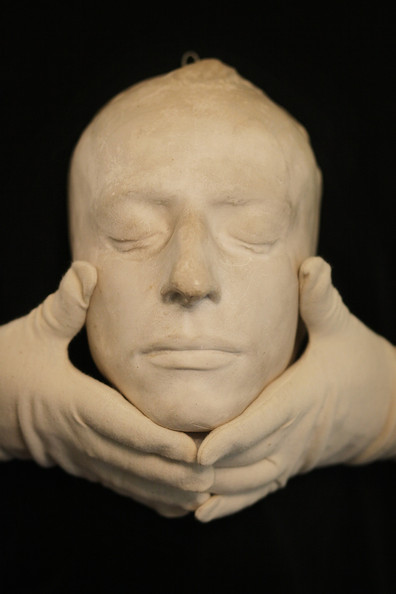Why Keats?
July 19th, 2012
Ah, the vagaries of Google. For some reason, despite all the ink I give on this blog to fashion history, costuming, music, and random 19th-century literature, the bulk of the people who visit my site are looking for John Keats. I swear he isn’t here.
I wonder what I’d do with him if he were? Probably a quarantine…

Speaking of romantic poets who died in unfortunate circumstances, I recently learned that John Clare spent his final years in an insane asylum, where his most famous poem was written.
Nightingale
January 27th, 2011
Here, in a portrait that I’m not sure who painted, is the youthful poet John Keats (1795-1821).

He died of consumption before his 26th birthday, a martyr to what was considered one of the most romantic ways to go in the 19th century. (Tuberculosis was idealized partly because of the slow progress of the disease, giving ample time for touching farewells.) As sad as we are that the world can never read the verses that Keats might have written in his 26th and 27th years, it is fortunate in a way that he wasted away into ethereal frailty rather than descending into the libertine coarseness of say, George Gordon.
George Gordon, who wrote in 1821:
Who killed John Keats?
‘I,’ says the Quarterly,
So savage and Tartarly;
”Twas one of my feats.’Who shot the arrow?
‘The poet-priest Milman
(So ready to kill man),
Or Southey or Barrow.’

Isn’t John Keats beautiful, even in death? Before photography, the only way to capture a truly accurate image, without involving artistic interpretation, was to make a mask — usually after death. The finest details are captured in a death mask, even down to the eyelashes. They are uncanny, but quite entrancing once you get used to them.
I have no idea why I decided to write about John Keats tonight. Or why I didn’t include any of his poetry in this post.
